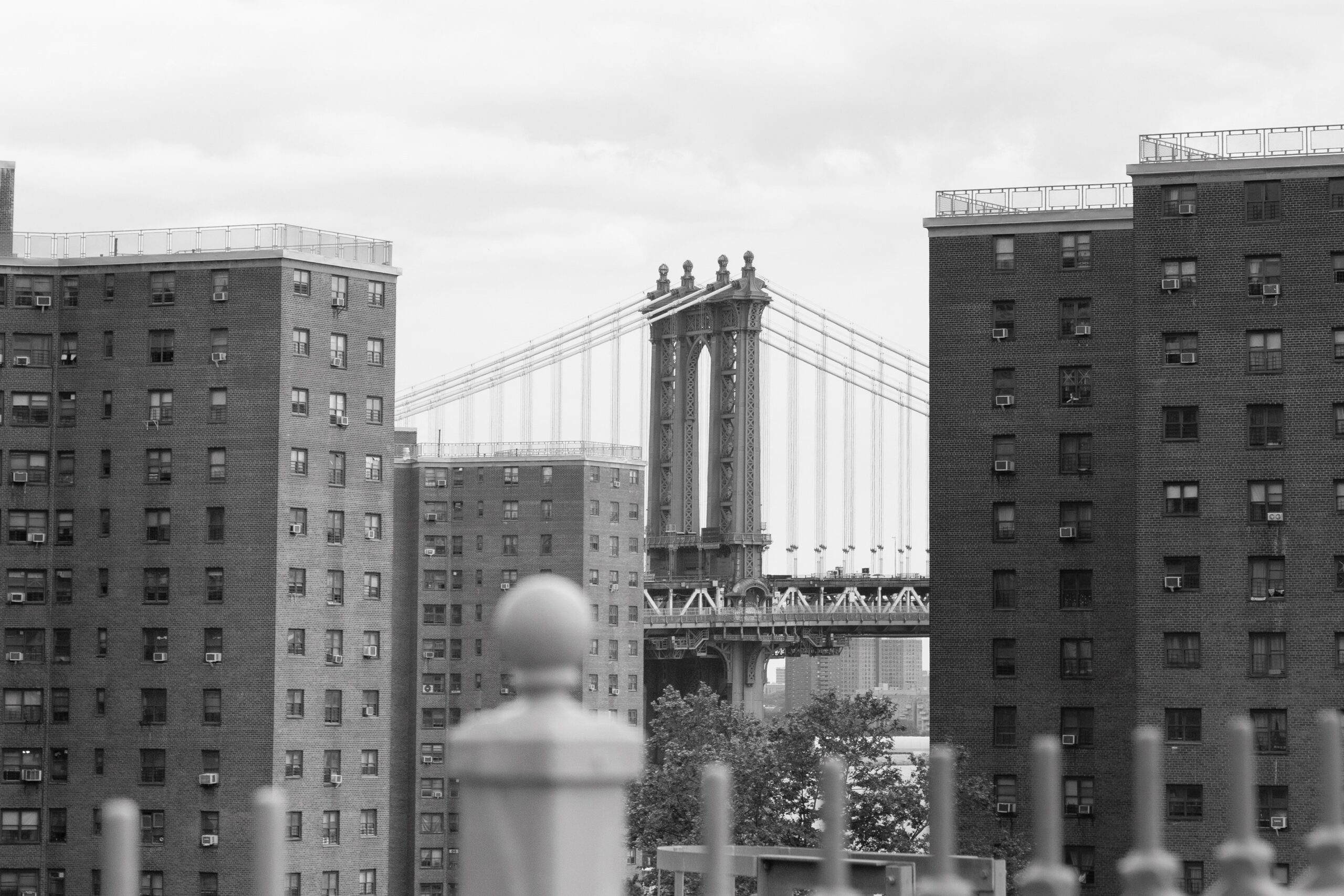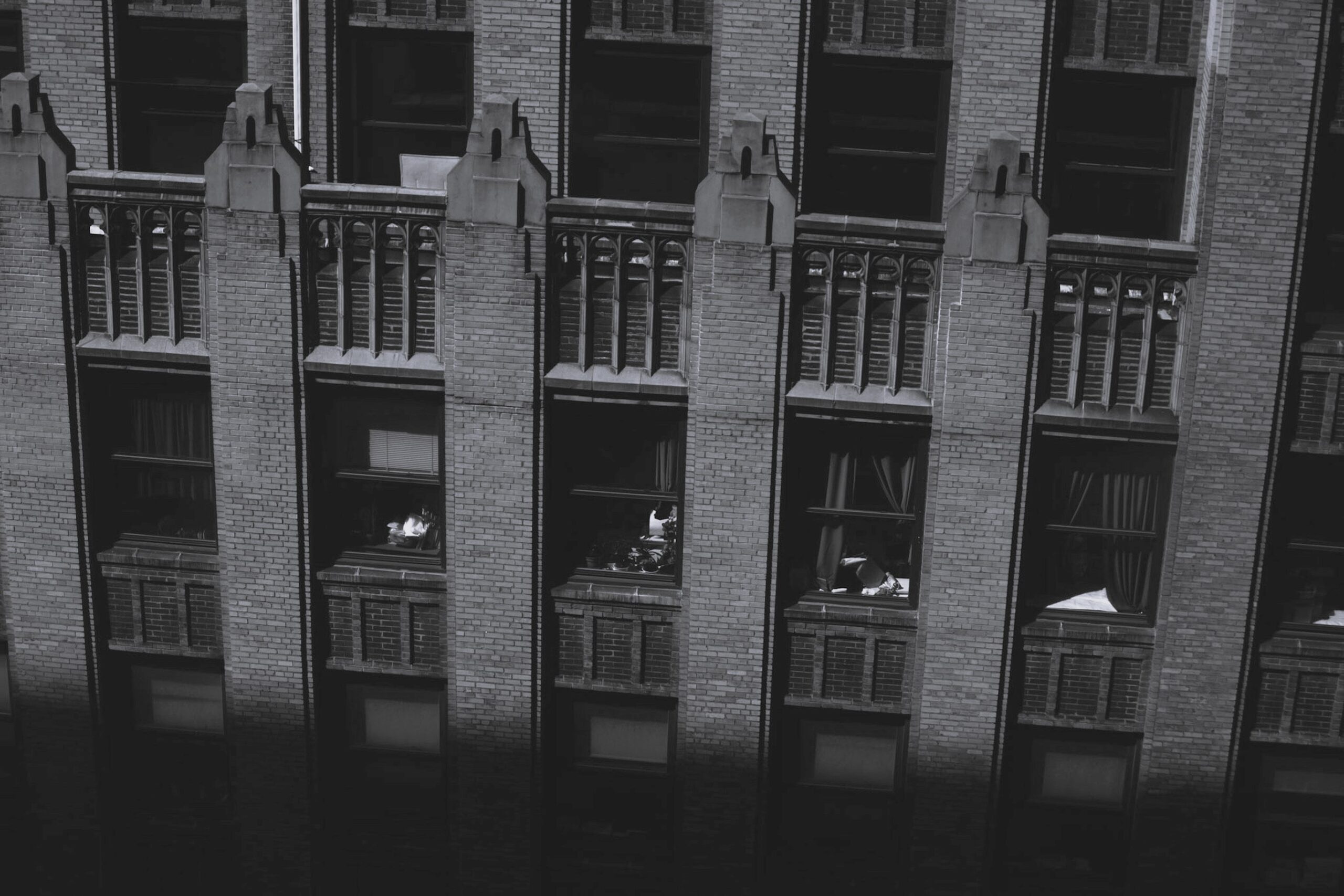Navigating the NYS 2024/2025 Executive Budget and Its Impact on NYC Multifamily Housing (Part 1 of 4)

New York recently adopted the Affordable Neighborhoods for New Yorkers (ANNY) Tax Incentive and the Affordable Housing from Commercial Conversions (AHCC) Tax Incentive programs, as well as a host of other new and modified laws pertaining to multifamily housing density, rent regulations and tenant protections.
In this series, the attorneys in Cole Schotz’s Real Estate Practice explore some of the initiatives and changes included as part of the Fiscal Year 2024/2025 Executive Budget that will impact developers and owner/operators of properties located in New York City.
The Affordable Neighborhoods for New Yorkers (ANNY) Tax Incentive
The ANNY Tax Incentive program enacted pursuant to new section 485-x of the New York Real Property Tax Law provides for tax exemptions for new multifamily housing developments (including eligible conversions) commenced after June 15, 2022, but on or prior to June 15, 2034, and having a completion date on or prior to June 15, 2038. ANNY replaces the Affordable New York Housing Program (“421-a”), which expired in June 2022.
Program benefits and requirements include:
- For eligible projects comprised of 150+ units located in “Zone A” or “Zone B” (defined below) (a “Very Large Rental Project”) with 25% of units set aside for rental to tenants with a weighted average area median income (“AMI”) up to 60% and no more than three income bands (not to exceed 100% AMI), (i) 100% exemption for up to 5 years of construction for projects located in “Zone A” and up to 3 years of construction for projects located in “Zone B” and (ii) 100% exemption (other than from the “mini-tax”) for 40 years
- For eligible projects comprised of 100+ units (a “Large Rental Project”) with 25% of units set aside for rental to tenants with AMI up to 80% and no more than three income bands (not to exceed 100% AMI), (i) 100% exemption (other than from the “mini-tax”) for up to 3 years of construction and (ii) 100% exemption (other than from the “mini-tax”) for 35 years
- For eligible projects comprised of 6 to 99 units (a “Modest Rental Project”) with 20% of units set aside for rental to tenants with AMI up to 80% and no more than three income bands (not to exceed 100% AMI), (i) 100% exemption (other than from the “mini-tax”) for up to 3 years of construction, (ii) 100% exemption (other than from the “mini-tax”) for the first 25 years and (iii) an exemption equal to the affordability percentage (other than from the “mini-tax”) for the next 10 years
- For eligible projects comprised of 6 to 10 units located outside of Manhattan with a maximum of 12,500 sf of residential floor area (a “Small Rental Project”) with 50% of units that are rent stabilized, (i) 100% exemption (other than from the “mini-tax”) for up to 3 years of construction and (ii) 100% exemption (other than from the “mini-tax”) for 10 years
Note that (i) the “mini-tax” refers to real property taxes on the assessed valuation of the land and improvements at an eligible project prior to commencement of construction, calculated at the then-applicable tax rate, and (ii) exemptions do not apply to assessments for local improvements.
Subject to limited exemptions involving collective bargaining or similar arrangements, section 485-x also introduces a minimum wage and benefit requirement for trade-workers providing services on Very Large Rental Projects and Large Rental Projects:
- Very Large Rental Projects located in “Zone A” (i.e., Manhattan south of 96th Street and the neighborhood tabulation areas of Long Island City-Hunters Point (QN0201), Greenpoint (BK0101), Williamsburg (BK0102), South Williamsburg (BK0103) and East Williamsburg (BK0104)) must have a minimum hourly rate for wages and benefits to trade-workers equal to the lesser of $72.45/hour or 65% of the greatest prevailing rate for wages and benefits within a classification
- Very Large Rental Projects located in “Zone B” (the neighborhood tabulation areas of Old Astoria-Hallets Points (QN0102), Queensbridge-Ravenswood-Dutch Kills (QN0105), Brooklyn Heights (BK0201), Downtown Brooklyn-DUMBO-Boerum Hill (BK0202), Fort Greene (BK0203), Clinton Hill (BK0204), Carroll Gardens-Cobble Hill-Gowanus-Red Hook (BK0601), Park Slope (BK0602) and Prospect Heights (BK0801)) must have a minimum hourly rate for wages and benefits to trade-workers equal to the lesser of $63.00/hour or 60% of the greatest prevailing rate for wages and benefits within a classification
- Large Rental Projects must have a minimum hourly rate for wages and benefits to trade-workers equal to $40.00/hour
The foregoing rates are subject to 2.5% increases, annually, beginning July 1, 2025, and are in addition to prevailing wage requirements for building service employees (which were also required under 421-a).
As the law continues to evolve on these matters, please note that this article is current as of date and time of publication and may not reflect subsequent developments. The content and interpretation of the issues addressed herein is subject to change. Cole Schotz P.C. disclaims any and all liability with respect to actions taken or not taken based on any or all of the contents of this publication to the fullest extent permitted by law. This is for general informational purposes and does not constitute legal advice or create an attorney-client relationship. Do not act or refrain from acting upon the information contained in this publication without obtaining legal, financial and tax advice. For further information, please do not hesitate to reach out to your firm contact or to any of the attorneys listed in this publication.
Join Our Mailing List
Stay up to date with the latest insights, events, and more






